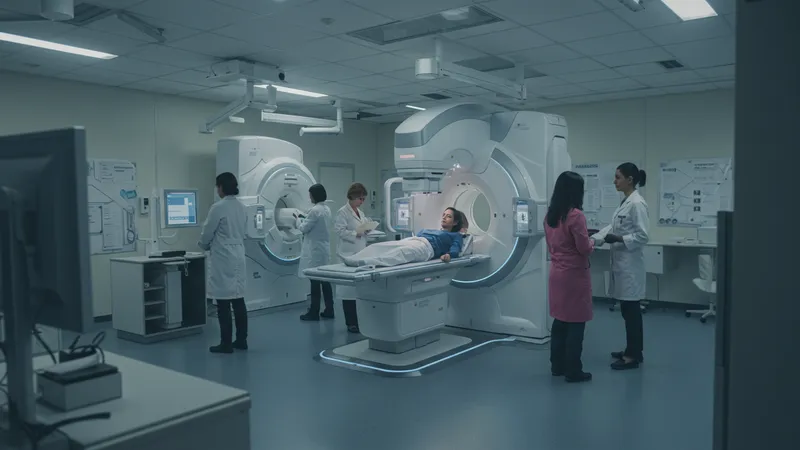
Comprehensive Guide To Breast Cancer Screening And Diagnostic Techniques
Innovations in Breast Cancer Screening and Diagnosis
The ongoing evolution of breast imaging in the United States is introducing improvements that enhance both detection rates and patient experience. Digital Breast Tomosynthesis has led to more accurate cancer detection, with studies indicating a reduction in false positives and unnecessary biopsies. Availability is increasing, with many centers now integrating 3D mammography into routine screening programs.

Magnetic resonance imaging is seeing technological refinements, including the development of abbreviated MRI protocols. These shorter scans lower costs and increase convenience, making MRI more accessible to broader risk groups. However, insurance coverage may still be limited to those with documented higher risk.
Automated breast ultrasound systems and advances in digital pathology are poised to make screening and diagnosis less dependent on operator skill and more uniform nationwide. These improvements may particularly benefit women with dense breast tissue, which can obscure results on standard mammograms.
Artificial intelligence is beginning to play a supporting role in both screening and diagnosis, offering enhanced algorithms for image interpretation. While regulatory approval and clinical adoption are ongoing processes, these digital tools show potential for further reducing errors and standardizing care across diverse healthcare settings.